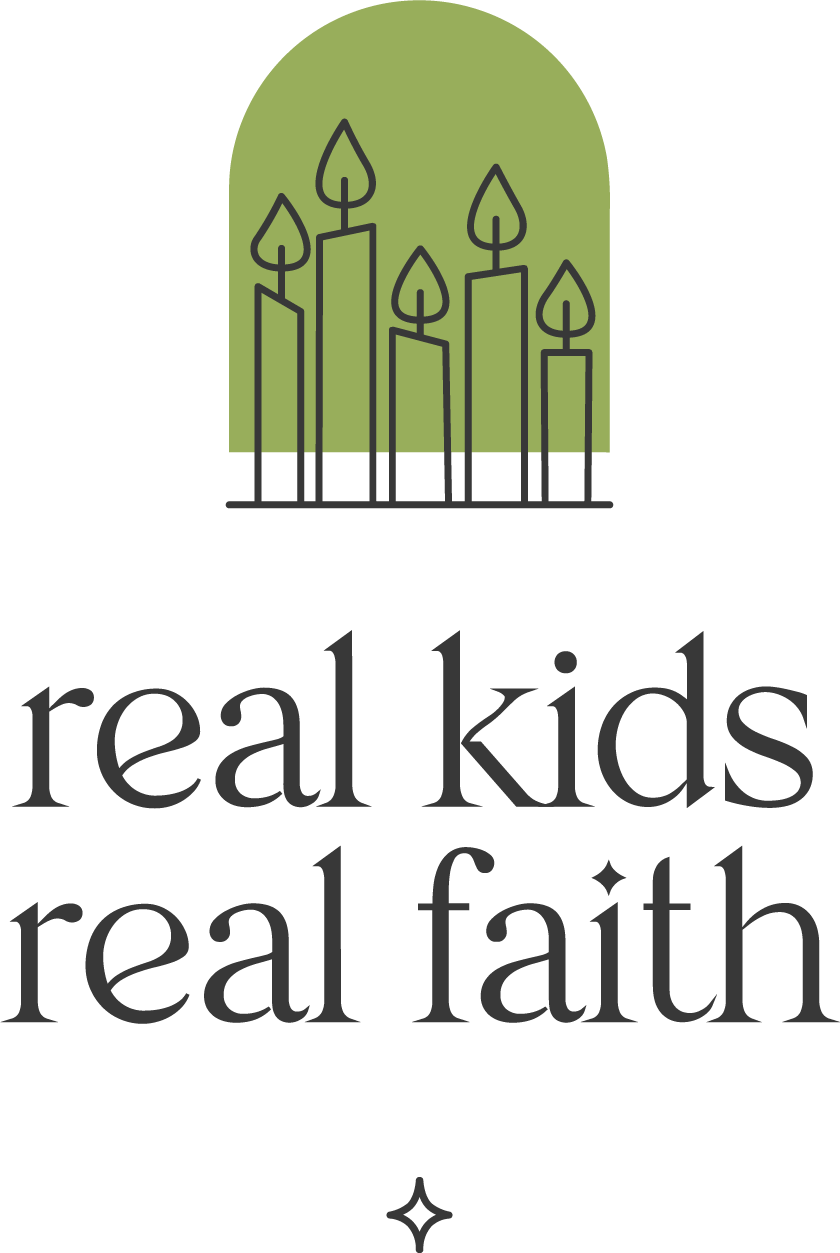Kindness is more than just a feeling. It’s a way of being in the world that requires paying close attention to other people’s needs as well as our own. It combines care with concrete actions that express our desire to make things easier or more pleasant for another person. Help children become more skilled at being kind with these activities, designed to help them understand what kindness is, how it feels, and why it matters.
Kind acts. Kindness can be a rather abstract concept for kids. They need help identifying what it looks like in action. Read Counting Kindness, by Hollis Kurman, which highlights different ways people have been kind to refugees. Invite children to draw pictures of other ways of being kind, such as when someone returns a dropped item, shares an umbrella, or donates socks for a person in need. Challenge kids to come up with at least 25 (or 50!) different ways to show kindness.
Kindness matters. Invite kids to identify reasons that kindness matters by finishing the sentence “It’s good to be kind because…”. Perhaps they believe that treating others well means others will return the favor. Or maybe they see being kind as a way of showing respect. They might view kindness as a religious requirement or part of being a ‘good person’. Share your own reasons, too, and how your thinking has changed over time.
Kindness pass. Seeing others acting kindly encourages us to be kind as well. Encourage children to stand in a circle and then ask one child to do something kind for the child to their right. They might offer a compliment, pretend to help them tie their shoes, or act out helping to search for a lost pet. That child repeats the action for the next child, until the original kind action has been passed all the way around. Repeat the process until every child has had a chance to start a kindness pass.
Kindness boomerang. The experience of doing something kind and then receiving kindness back is called a ‘kindness boomerang’. Sometimes this boomerang effect occurs immediately, like when people take turns holding doors in a multi-door entryway. Sometimes the boomerang takes longer, such as when a neighbor feeds your pets while you’re on vacation after you helped them plant their garden in the spring. Invite children to dramatize scenarios where they do something nice for someone, then that person reciprocates, either right away or later.
Kindness ripples. Studies show that receiving kindness increases our desire to be kind to others. Invite children to close their eyes and remember a time when someone was kind to them. Ask: How did you feel when someone was kind to you? (pause) How might you share that feeling by treating others kindly? Share your reflections with one another.
Kind words. Words are powerful. They can help us feel good about ourselves or hurt our feelings. Prepare a set of index cards that contains both hurtful and kind things that kids might say to each other. Invite children to pick a card and share why they think they think it represents a kind or unkind statement. If it is unkind, ask: What might you say instead that would be kind?
Kindness tree. Set up an artificial tree or place a multi-pronged tree branch in a stable jar or vase. Purchase or cut out colored paper circles, punch a hole in each, and tie a string or yarn circle through the hole as a hanger. Encourage children to watch for people doing something kind, e.g., sharing, offering to help, using their words when upset, inviting someone to play with them. Invite them to hang a circle on the tree each time they witness an act of kindness. Notice together how the number of circles grows over time.

Comments